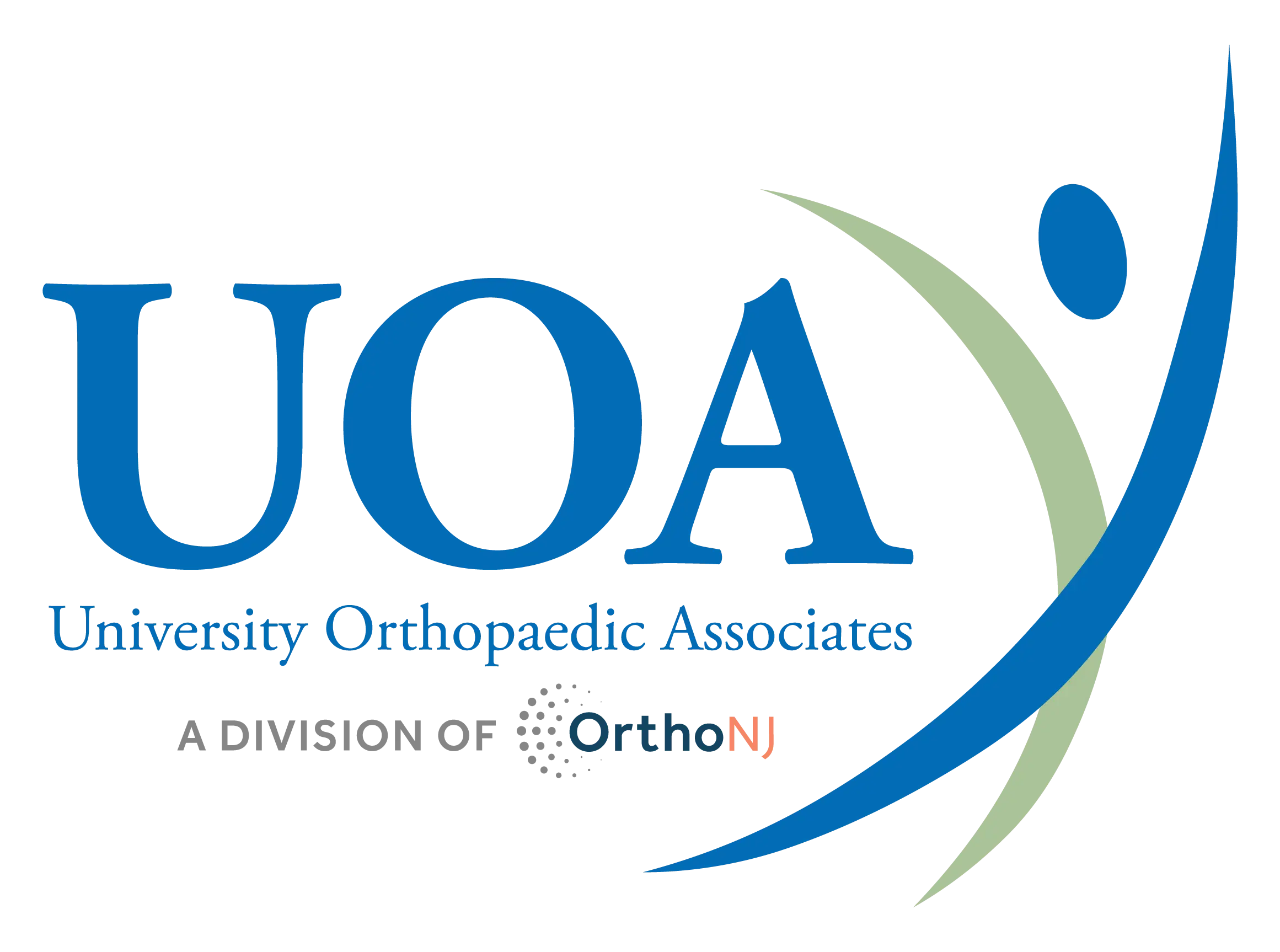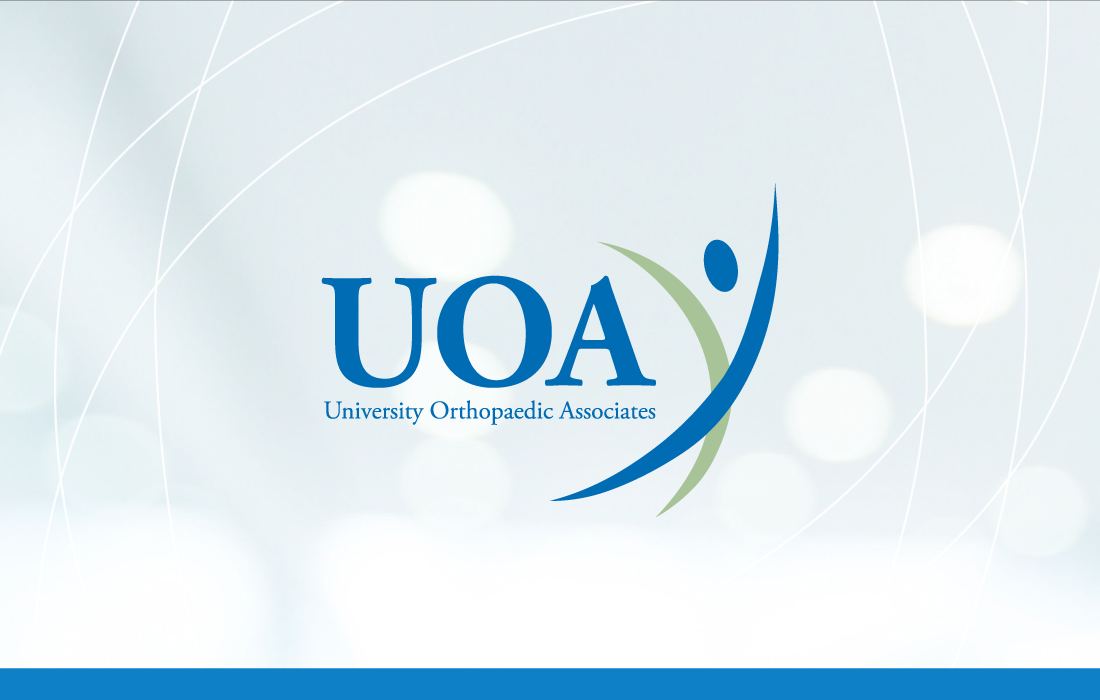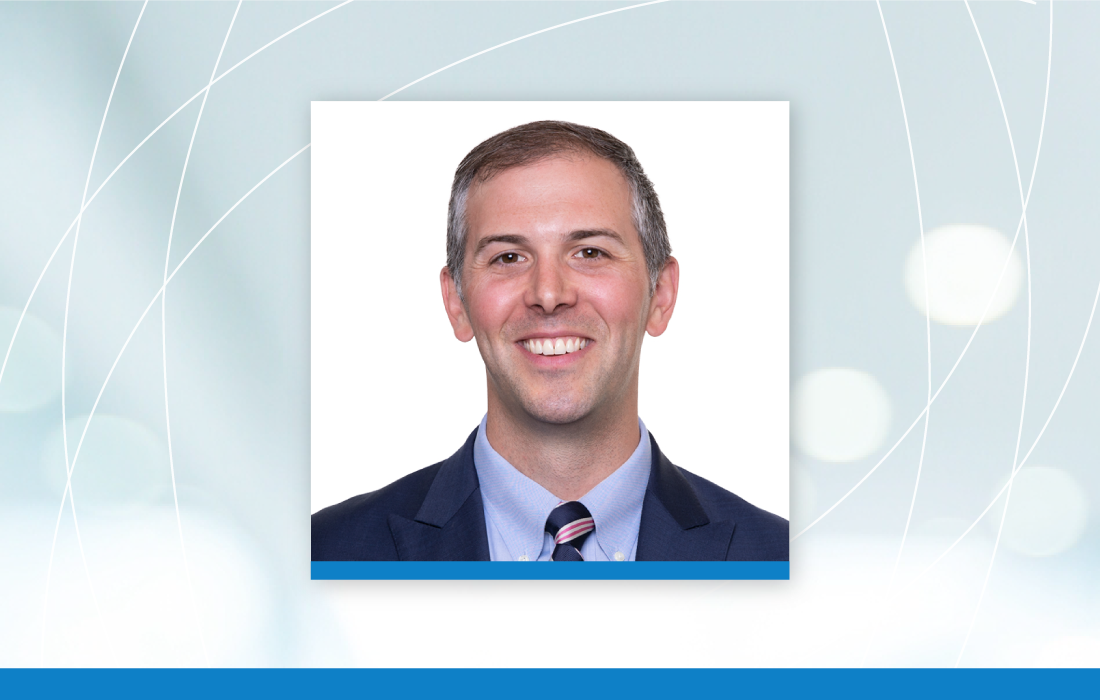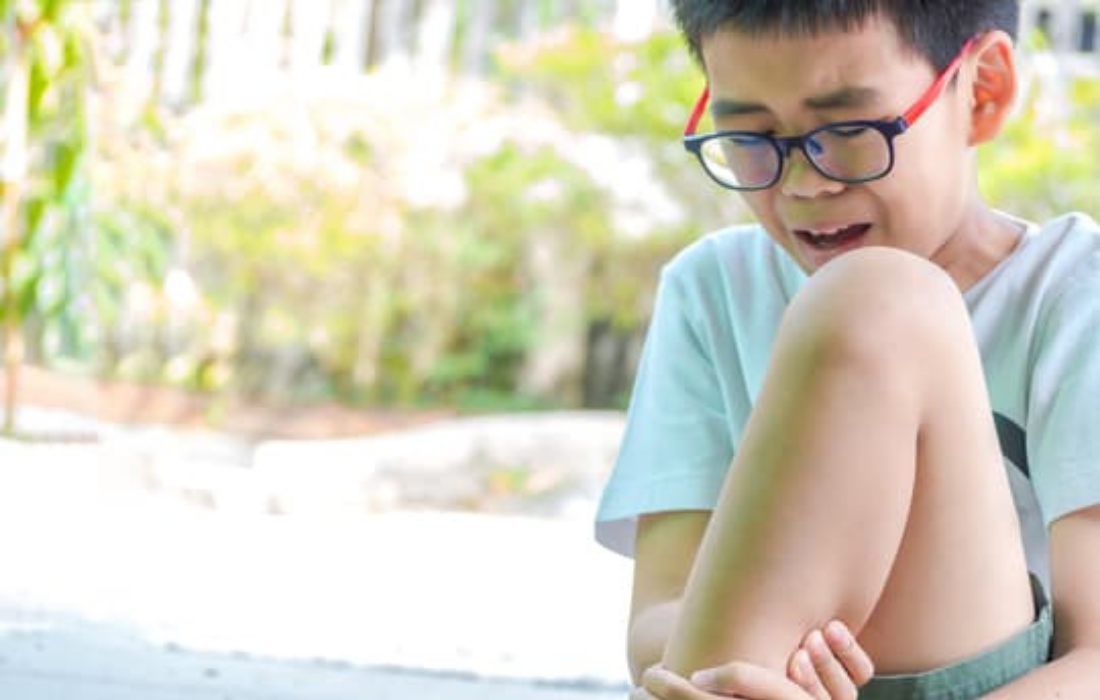A shoulder labral tear is an injury to the cartilage in the shoulder joint. The labrum is a piece of fibrocartilage (rubbery tissue) attached to the rim of the shoulder socket that helps keep the ball of the joint in place. Labral tears may result from injury or sometimes as part of the aging process.
There are several different types of labral tears:
SLAP tears are injuries to the uppermost part of the labrum. SLAP stands for “superior labrum, anterior to posterior”. In other words, it’s the top part of the labrum, from the front to the back. SLAP injuries are common in overhead throwing athletes, such as those who play baseball or tennis. Other common causes of SLAP tears include:
- Bracing yourself with your outstretched arm in a car accident
- Doing a lot of overhead activities, such as volleying a volleyball
- Falling on a shoulder
- Falling on an outstretched arm
- Lifting heavy objects repeatedly or too suddenly
Bankart tears occur in the lower part of the labrum. They are a result of shoulder dislocation. When the shoulder pops out of the joint, the labrum is torn. Bankart tears are particularly common in youth athletes.
Posterior labral tears are less common. They occur when the rotator cuff and labrum are pinched together in the back of the shoulder. This is a condition called internal impingement.
Symptoms of a Torn Labrum
The symptoms of a torn labrum are very similar to those of other shoulder injuries. Symptoms include:
- A sense of instability in the shoulder
- Catching, locking, popping or grinding
- Decreased range of motion
- Loss of strength
- Occasional night pain or pain with daily activities
- Pain, usually with overhead activities
Diagnosing a Torn Labrum
A labral tear can be difficult to diagnose. Your doctor will take a history of your injury and conduct physical tests to check for shoulder stability, pain and range of motion. An X-ray will be ordered to determine if there are other causes of your symptoms. A CT or MRI scan can help detect tears. Ultimately, however, diagnosis is made through arthroscopic surgery, a minimally invasive surgical procedure used to visualize, diagnose and treat problems inside a joint.
Treatment of a Torn Labrum
Your doctor will initially want to control pain and inflammation. For that purpose, rest and anti-inflammatory medication, such as aspirin or ibuprofen, may be recommended. Other non-surgical options include heat, ice and/or cortisone injections. Physical therapy may also be prescribed.
The source of pain may be from small tears that result in frayed edges or any loose parts of the labrum. These can be eliminated via labral debridement. If the tear is larger, it may result in shoulder instability. This requires repair, but it is also done with arthroscopy. Arthroscopy is a commonly used surgical measure to treat many labral tears.
UOA Hand & Upper Extremity Department
In addition to treating general orthopaedic conditions, each of our physicians is fellowship trained in a subspecialty. The physicians at University Orthopaedic Associates (UOA) Hand & Upper Extremity Department use the latest technology and innovative approaches to treat conditions, like labral tears.
To request a consultation or an appointment with one of our Hand & Upper Extremity specialists at one of our three locations (Somerset, Princeton and Wall Township), please fill out the Make an Appointment Form on our website or call 732-537-0909.




